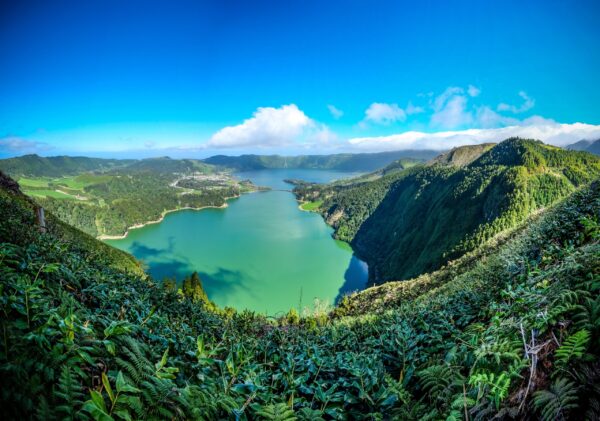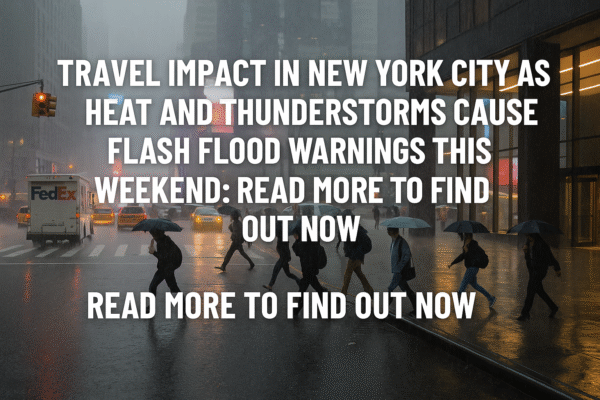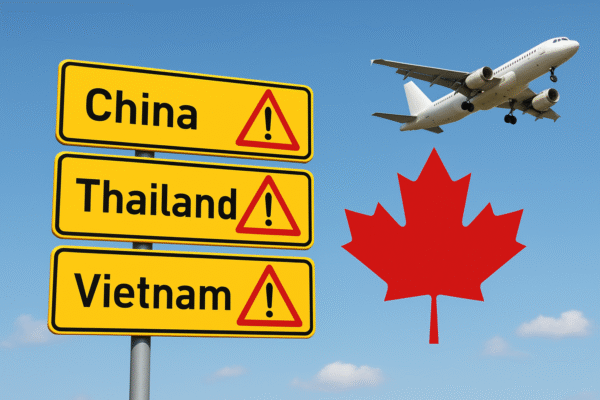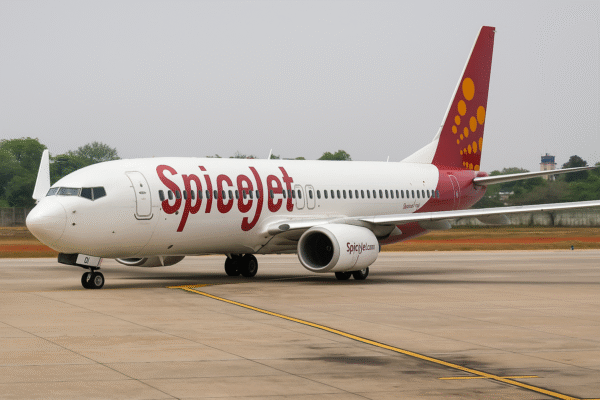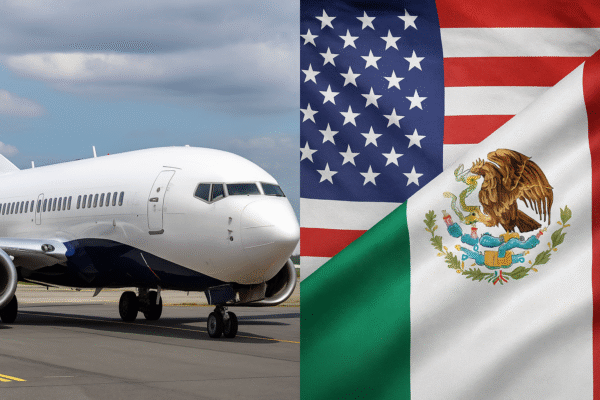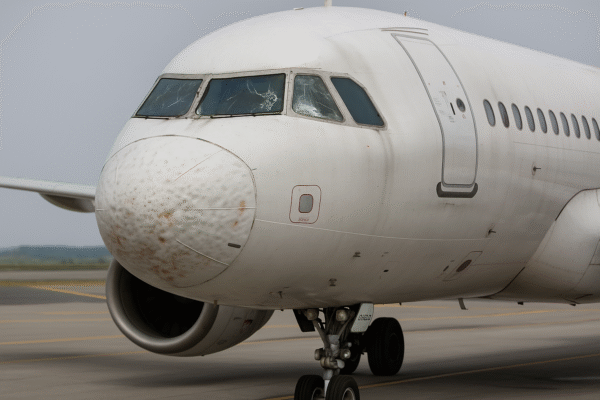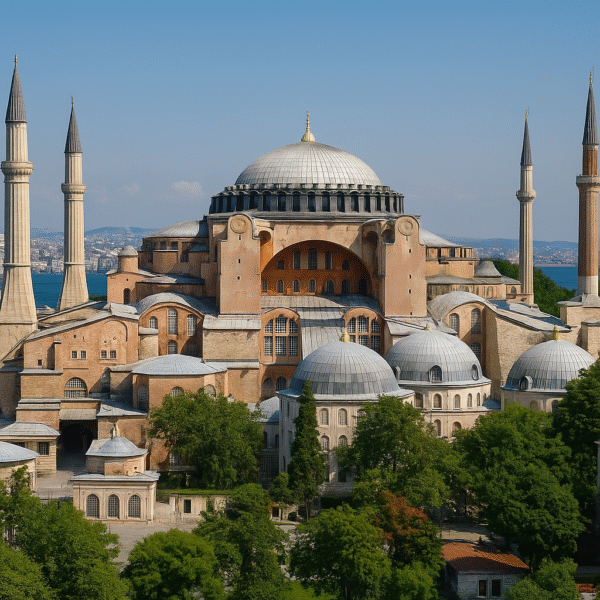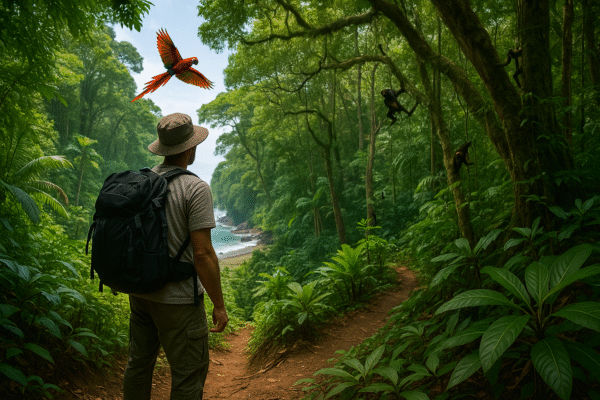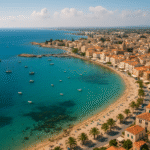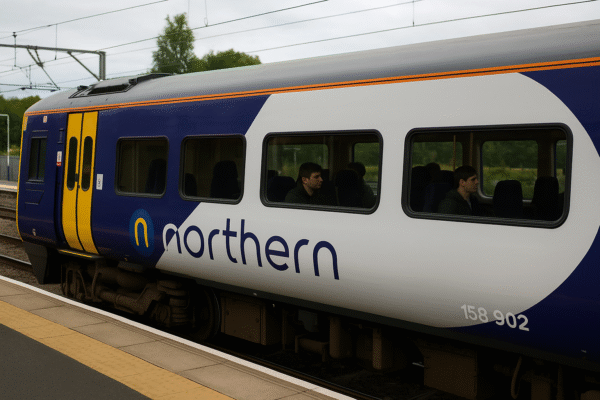In 2025, Corcovado National Park—the crown jewel of Costa Rica’s protected areas—marks its 50th anniversary. Located on the remote Osa Peninsula, this rainforest sanctuary has earned global fame as one of the most biologically intense places on Earth, hosting approximately 2.5% of the planet’s biodiversity within just 424 square kilometers. From scarlet macaws and jaguars to endangered Baird’s tapirs, Corcovado remains a haven for nature enthusiasts and conservationists alike.
However, the milestone brings with it a sobering question: Can this ecological treasure withstand the pressures of growing international tourism without compromising its fragile ecosystems?
A Paradise Under Pressure
Corcovado’s unparalleled biodiversity has made it a magnet for eco-tourists and adventure travelers. But with increasing attention comes a growing challenge. Recent government data from SINAC (National System of Conservation Areas) shows that visitor numbers have surged in recent years, prompting authorities to double the daily tourist limit on popular trails like La Sirena, from 120 to 240 people.
While the move supports local businesses and jobs in nearby towns like Puerto Jiménez and Drake Bay, critics argue it lacks proper ecological impact assessments. Conservation biologist and tour operator Ifigenia Garita Canet has warned that irreversible damage could follow if visitor management strategies don’t include robust scientific analysis.
Tourism Expansion: Boon or Burden?
Corcovado’s transformation from a center of illegal logging and mining in the 20th century to a global eco-tourism model is a testament to decades of community and governmental effort. According to SINAC, the Osa Peninsula recovered 11% of its forest cover between 1987 and 2017—a rare success story in Latin America.
Yet, tourism development may be threatening to unravel some of those gains. The construction of a new tarmac road and the arrival of luxury hotel chains, including Hilton’s Botanika in Puerto Jiménez, point to a shift toward mass tourism. Furthermore, discussions about building an international airport in Puerto Jiménez have alarmed local NGOs and conservation groups.
“The Osa Peninsula isn’t just a destination—it’s a delicate ecosystem,” said a spokesperson from Fundación Corcovado, a nonprofit that has launched over 100 conservation projects since 2001. “An airport could significantly alter animal behavior, introduce pollution, and increase the risk of forest fragmentation.”
Community-Led Conservation
Organizations such as Fundación Corcovado and Osa Conservation have long advocated for sustainable tourism as the only viable path forward. Their grassroots projects range from sea turtle protection, which has saved over 10,000 nests, to environmental education and reforestation efforts that actively involve local communities.
Costa Rica has built its tourism reputation on sustainability, and Corcovado remains the litmus test for whether this model can survive the lure of high-revenue, high-volume travel.
Visitor Guidance: How to Explore Responsibly
Travelers planning to experience Corcovado should approach with mindfulness. Here are five fast tips for sustainable exploration:
- Book an official guide: Entrance is only allowed with an accredited local guide, ensuring both visitor safety and minimal disruption to wildlife.
- Plan in advance: Due to daily visitor caps, spots fill up quickly during peak season (December–April).
- Prepare for wilderness: Trails are rugged, humid, and rich with wildlife—snakes and bugs included.
- Support local eco-lodges: Choose accommodations and tour operators that prioritize conservation and community involvement.
- Respect the rules: Maintain a safe distance from animals, never feed them, and adhere to park regulations to safeguard the biodiversity.
A Cautious Road Ahead
Costa Rica’s post-pandemic recovery has highlighted tourism’s economic significance, but also its vulnerability. When international travel halted during COVID-19, some communities fell back into environmentally harmful practices like illegal mining and deforestation to survive. As such, economic diversification, including sustainable agriculture and educational initiatives, is increasingly seen as key to long-term resilience in regions like Osa.
Further clarifications on the SINAC official website reaffirm the government’s commitment to conservation, including increased park ranger staffing, stricter visitor monitoring, and expanded environmental education programs.
The Future of Corcovado: A Global Responsibility
What remains clear is that Corcovado’s fate will be shaped by both local resolve and global tourism behavior. Whether you’re a backpacker, luxury traveler, or investor, your choices matter. The ecosystems here—dense mangroves, misty cloud forests, and coastal wetlands—are still home to species found nowhere else on Earth.
Preserving this pristine wilderness requires more than passive admiration; it demands active respect and collective stewardship. If successful, Corcovado could remain a beacon of biodiversity—and a benchmark for sustainable tourism—for generations to come.
For more travel news like this, keep reading Global Travel Wire




